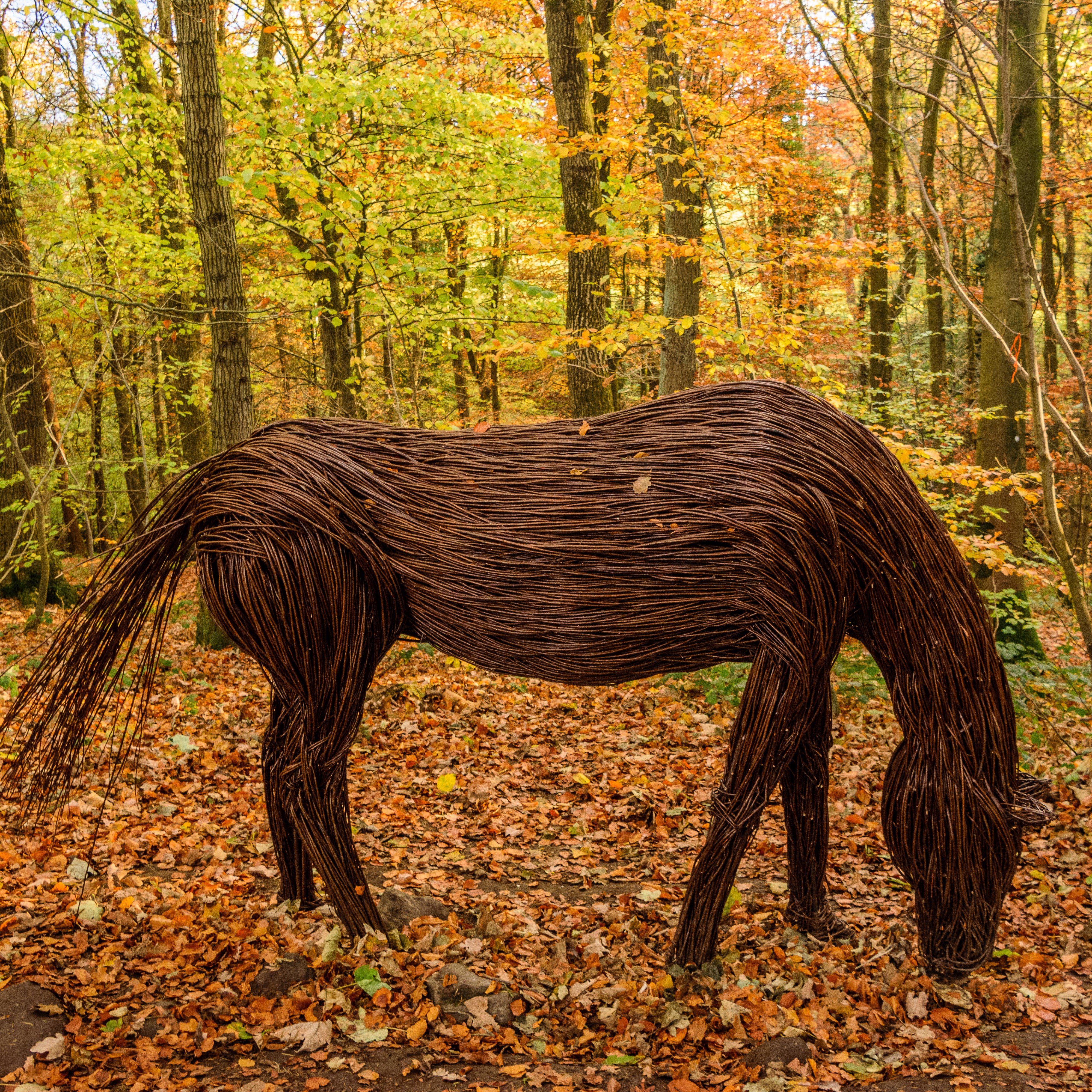 Hey there, anyone got any ideas on how to do 3d models like so... https://www.annaandthewillow.co.uk/gallery but for 3d printing (ie faking it with textures won't really help). Thanks in advance.
Hey there, anyone got any ideas on how to do 3d models like so... https://www.annaandthewillow.co.uk/gallery but for 3d printing (ie faking it with textures won't really help). Thanks in advance.
I don't know much about 3D printing (close to nothing), but isn't there a minimum thickness and considering the size of the model, that looks impossible to print (unless you have a gigantic printer, so that you can make the model life-size...)
Maybe ![]() daphne2 can shed some light on this.
daphne2 can shed some light on this.
But even without the constraint, that it should be printable, this would be a horror/ great challenge to model (especially when not using textures...).
![]() rfranks This horse is already looking like a bunch of filaments for 3D printing 😉😁! But seriously, I would ask
rfranks This horse is already looking like a bunch of filaments for 3D printing 😉😁! But seriously, I would ask ![]() bc_griffin (see e.g. his 3D printing video here) or ssebastian1066 (see his highly detailed printed collectible here). I can also recommend the videos by Thomas Sanladerer on 3D printing (see e.g. here).
bc_griffin (see e.g. his 3D printing video here) or ssebastian1066 (see his highly detailed printed collectible here). I can also recommend the videos by Thomas Sanladerer on 3D printing (see e.g. here).
What size do you want the print to be?
What 3D printing technologies are you thinking of using? (FDM, SLS or SLA/DLP are good options, depending on required size and budget)
Those two questions largely determine your minimal wire thickness and surface detail. I don't think it makes sense to actually model the individual strands unless you're going to print on a large scale FDM printer. Maybe there is a sculpt brush that could give you the surface look?
Thanks guys, my friend wants a wickerman miniature made for his miniature range. So the figure would stand about 4mm high and would be printed on a resin printer. So the stands wouldn't be as fine as the image I used as a example but would still need to convey the same texture.
In that case I would try sculpting.
Another option would be hair particles like in this video: https://www.youtube.com/watch?v=zJwMb1kb0W8
I see 3 main options:
a. You can actually use textures. You'd simple need to use a displace modifier and use UVs and the texture to transfer it to the mesh, then apply it and the actual mesh will have the geometry given by the texture
b. Use alphas on sculpting mode. Would be faster but you won't have as much control
c. Use a rake-type brush to manually sculpt the woven style. May take more time but you'd have control on the style, length and size of the pattern